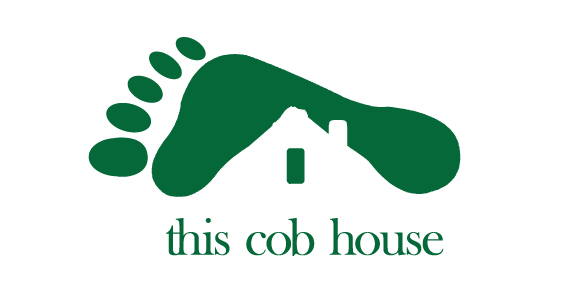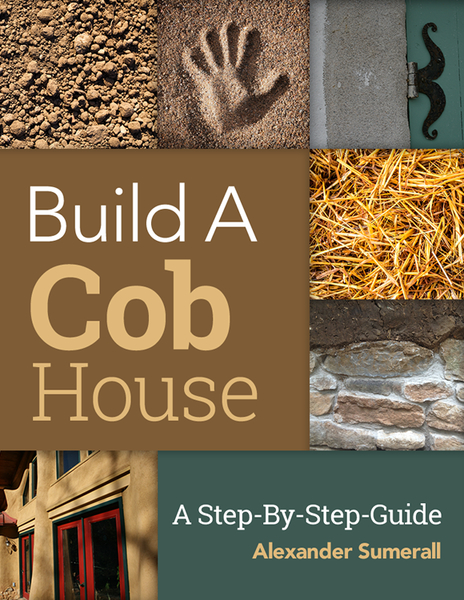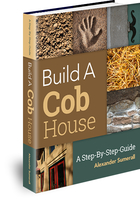This morning, I received an email newsletter from a prominent Natural Builder explaining why they had chosen to build a stemwall foundation using earthbags.
I was really surprised when I read this email! Especially when I saw that they were actually filling the polypropylene bags (earthbgas) with just soil (and maybe some aggregate too). I surely thought that they would at least fill them with just gravel! It sounded like they just wanted to get done with the foundation as fast as possible so they could move on.
You can read the full article here.
Let me state first that I have a lot of respect for this builder and I’m not out to criticize him as he is an excellent builder. But I do differ in opinion on his choice to use this type of stemwall foundation, and I just want you to hear a differing opinion on whether this material is suitable.
My experience using an earthbag foundation like this has not been good at all, and I don’t recommend it even in the most ideal dry conditions.
Earthbag buildings (also known as Superadobe buildings) are built entirely out of filled polypropylene bags. Typically, the first few layers of bags are filled with gravel rock to create a moisture barrier between the ground and the earth-filled bags on top.
One of the main purposes for the stemwall foundation is to do just that. To create a moisture barrier and to protect the walls above from water damage.
By filling the bags with soil for the stem wall you are creating a much higher risk of water wicking up into your walls. You also risk your stemwall foundation failing from water damage and in turn causing your walls to crack or fail.
I’ve seen first-hand how an earthbag stemwall, even on top of a proper rubble trench, will fail when exposed to moisture over time. The bags of earth become soft and sloop out of position causing a lot of structural damage to the building.
Its my opinion that foundations should not be made with bags filled with only soil (even if there’s some aggregate in there it makes little to no difference, I think). Only do this if you’re in desperate need to throw up a quick building. This is not a strategy for a long-term building.
There are some builders in the arid deserts of the Middle East who would also say the same thing. They criticize earth masons who build with earthen materials starting straight on the ground. For the same reasons, they take damage if build at that level. In their cases, it tends to be animals brushing against those lower wall sections, and gutter runoff water eroding them, but the same concepts apply.
The next step up would be to fill the earthbags/polypropylene bags with large gravel (1 ½” works well). This would create a much better moisture barrier and your bags would not sloop and disfigure if any water did get in them.
I understand the fact that they were attempting to keep their material choices as natural as possible, and the fact that they were building off-grid and transporting materials was not easy.
But I think you should not be enticed to build this way unless it was a last resort.
Your foundation is a critically important part of your building and is not a place to cut corners on.
I think that building your stemwall foundation with earth-filled bags is a bad idea and I would never recommend it.
I want to encourage you to always build with quality so that your building will last for many generations.
P.S. My books and video lessons offer solutions for building long-lasting foundations. Click here for instant access to those.
Best,
Alex




Wow, It’s like you answered MY question. I was giving thought to the same thing, but I want my cob house to stand for.. well ever. I too live off grid. We need a lot of fill dirt on our land before we can start building. My thought was to build up a mound like, then laying down the earth bags for the foundation. So, after reading this, I am glad I was able to get a different perspective. Are you saying it would be OK to do an earth-bag foundation, but with gravel filled bags instead? are there cons to using them?